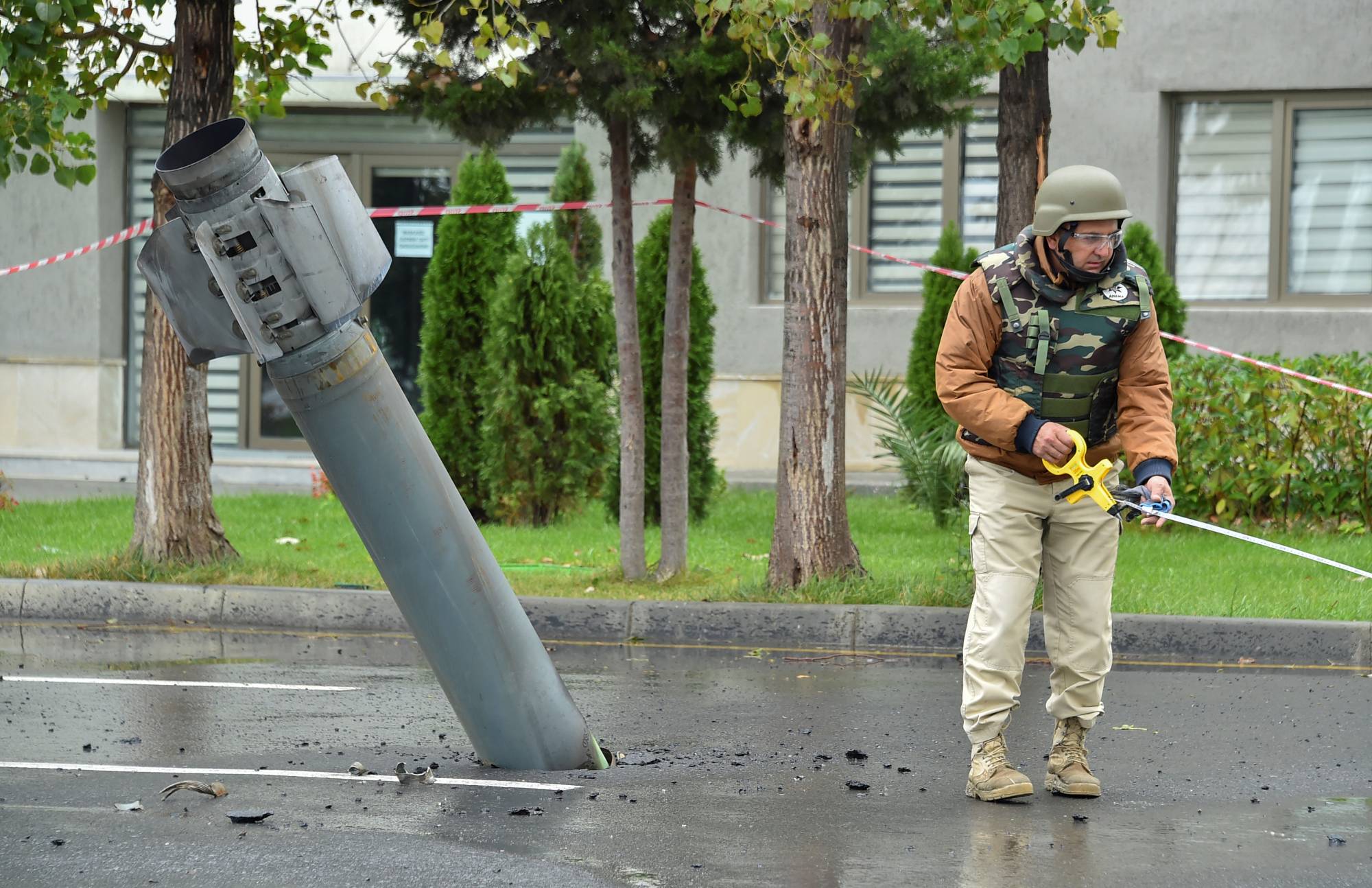Small wars can tell you a lot about the biggest geopolitical and military issues of the day. Consider the present conflict between Armenia and Azerbaijan over Nagorno-Karabakh. Most Americans have probably never heard of that disputed region in the Caucasus. But the fighting there reveals key fault lines in an increasingly disordered global environment, and it underscores crucial trends in the evolution of modern warfare.
In some ways, there is nothing new about what is happening in Nagorno-Karabakh, an ethnic Armenian enclave inside Azerbaijan’s borders. The clash over that region is one of many "frozen conflicts” left behind by the disintegration of the Soviet Union. After the Soviet collapse, Armenian forces occupied Nagorno-Karabakh in a brutal war that ended in 1994. The fighting caused tens of thousands of deaths; it included massacres of noncombatants and the expulsion or flight of perhaps hundreds of thousands of Azeris.
Not surprisingly, the cease-fire that ended the war has proven perpetually fragile. So the current round of fighting, which began in late September when Azerbaijani forces sought to reclaim control of Nagorno-Karabakh (in response, Azerbaijan claimed, to Armenian provocations) is simply the latest flare-up in a long-simmering struggle.

















With your current subscription plan you can comment on stories. However, before writing your first comment, please create a display name in the Profile section of your subscriber account page.